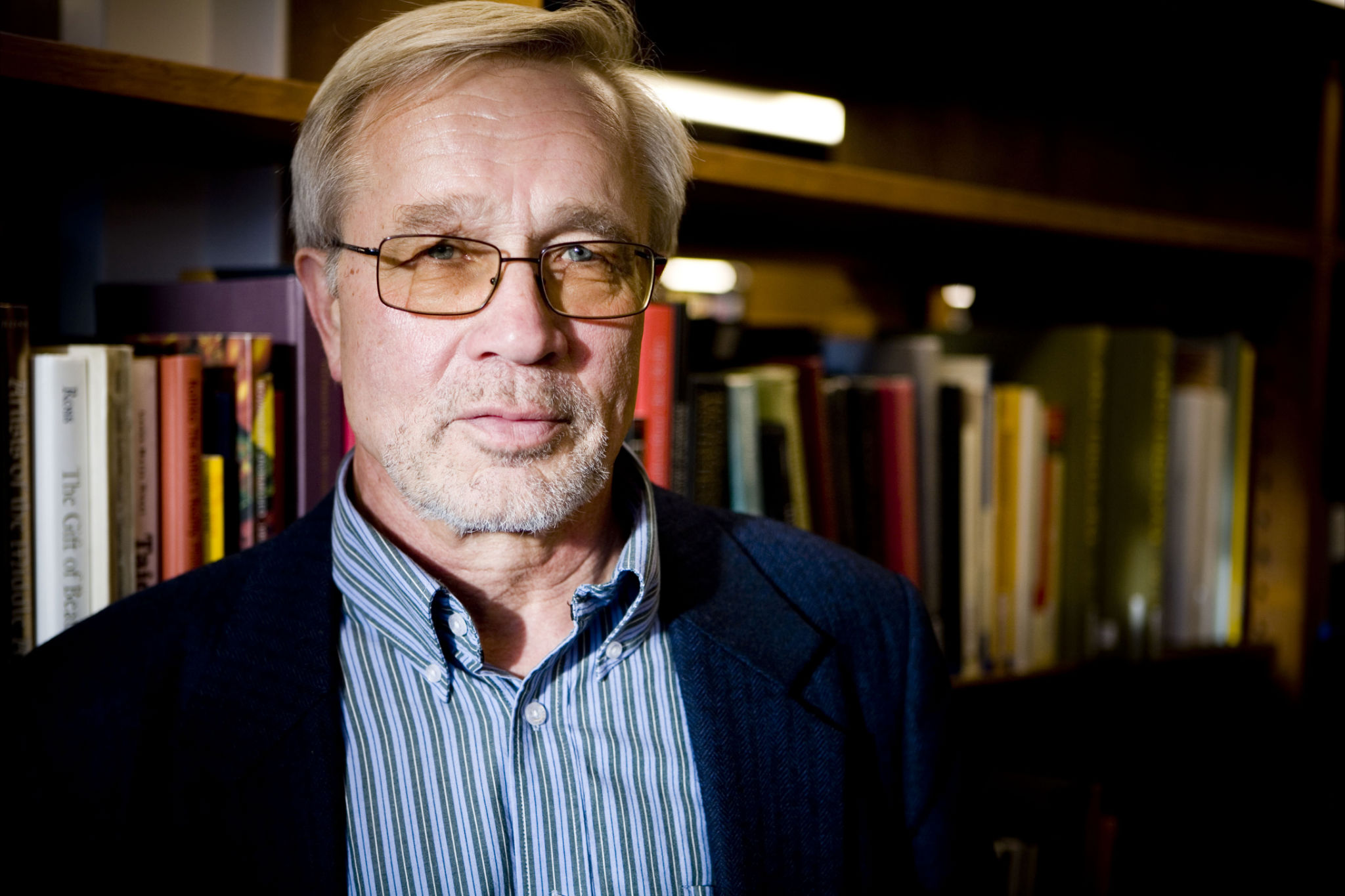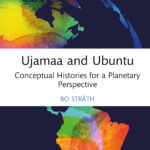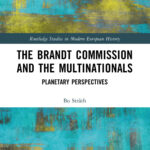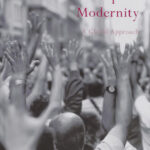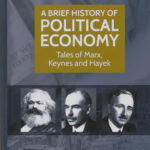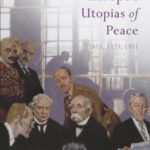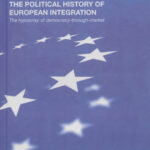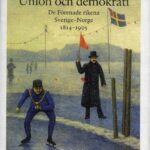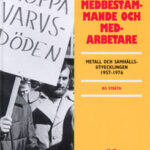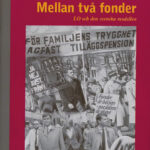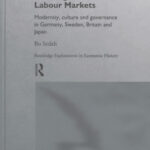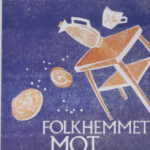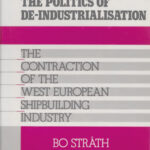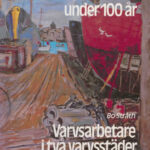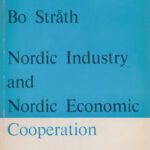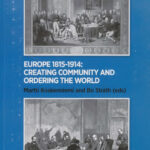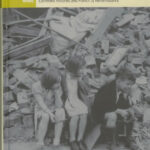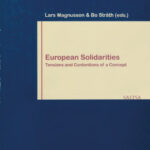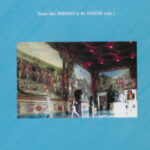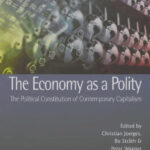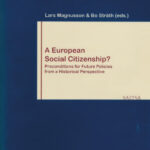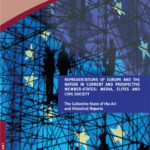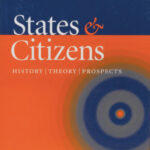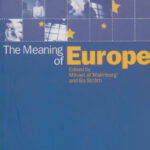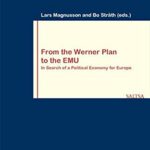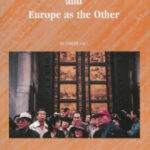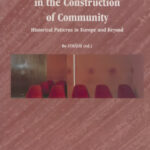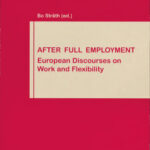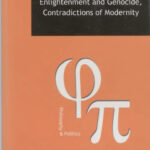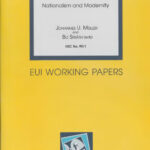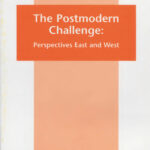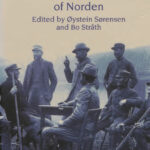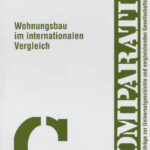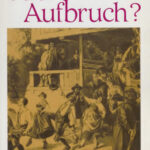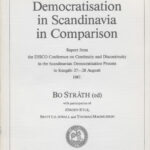The Value of Energy. Conversations with James Quilligan
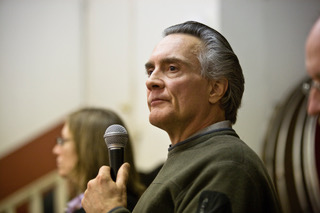
BS In Who Will Pay Back the Earth, you refer to an emerging competition between two world currencies, the US dollar and a potential BRICS currency. BRICS nations have declared their ambition to replace the dollar as the ultimate standard for global transactions and interest rates. What looks like an upcoming geopolitical competition, weaponized perhaps by a major trade conflict between the West’s dollar hegemony and a new East under Chinese leadership, would involve currency hegemony at the center of this dispute. Now, one might say that the recent development of BRICS towards a larger coalition of states would, if it continues, dilute the cohesion of their group and decrease the likelihood that it will establish a currency to replace global dollar hegemony. But this is not a debate you develop or the point you make. Your concern is that both the dollar and a possible BRICS substitute currency will circumvent or obscure the underlying problem, which is how monetary systems are presently conceived and constructed.
Any new world currency of the same sort as the dollar would, like the dollar, be based on the myth of infinite resources and continued control of Earth’s energy flows, a belief propagated by governments, businesses and investors. Even under a new monetary hegemon, you write, this myth would still be driven entirely by money and power. So how does the world develop a new kind of monetary gauge that gives priority to ecological constraints? Would we even talk about a currency in the established sense of the concept? You note that the dynamics of energy-value emerged from our ancestors, but their early practices have been reconfigured and mystified through the centuries, leaving us now with indirect and inaccurate links between energy and profits, interest rates, deficits and debt. Could you elaborate on this?
JQ The starting point is how our ancestors began to quantify their energy use and set the course for today’s misevaluation of energy in the modern economic system. This requires going back to the origins of energy calculation and understanding how the concepts of supply and surplus were formulated at the beginning of the agricultural age. These practices began about twelve thousand years ago at the start of the Holocene Age, when Earth’s climate warmed, its glaciers retreated, and animal and plant life began to flourish across the northern hemisphere. The earlier Nomadic era of hunter-gatherers, characterized by small, muscle-powered groups of humans utilizing hoes, knives and spears, was eclipsed by a new civilization of sedentary agriculturalists — farming societies with animal-driven labor using ploughs and carts. There, for the first time, human beings had the capacity to control a part of their environment – the soil — to meet their needs for bodily energy. Observing how nature seemed to control both the surplus of food stocks in nature and the scarcity of food flows for distribution, some of these farmers gradually developed an insightful strategy for this activity. Rather than accept relative scarcity as a way of life, they would plan ahead, saving the energy contained in seeds and grains through the development of a resource surplus. When planting seeds and harvesting grains during the growing season, a portion of these would be pulled out of the annual distribution cycle and put aside for later use. Thus, seeds, grains, and cereals could also be stored in addition to their distribution. This food energy content was thus withheld from immediate distribution to create an energy surplus, allowing societies to invest in the flow of food energy for the short-term future.
Now, alongside seed, grain and cereal cultivation as an annual flow for distribution to the community, the new surpluses of these items added a new form of value to the economy as a stock of energy that could be taken out of circulation for the short-term to grow in value. Opportunistic farmers recognized that the stock-flow model addressed the quintessential human dilemma over energy: how to use past energy to generate new energy, which happily translated into generating an exchange value or profit. A new kind of culture thus became possible simply because stocks and flows were calculated differently: the value of a grain stock was measured at a specific point in time, while the value of grain flows was measured over an interval of time, often turning into greater value than the original stock. This is how the basic idea of return on investment became a principle in accounting and remains so today.
BS You’re describing how the link between surplus energy and money first became a social enterprise. Can you explain why this practice left the value of nature out of the equation?
JQ It’s because society started adding value in the commercial process that didn’t exist in nature itself. The initial model of grain and cereal storage led to the value-added system beginning with grains and cereals. When computing this energy value, businesses measured the stock of energy that was saved for the short-term future, not the actual stock of energy and its value before it was extracted from nature. In other words, societies ended up measuring the extraction and consumption of energy in units of caloric and nutrient power for food, the volume of water, the size of wood, the weight of biomass and minerals, work hours of human and animal labor, and horsepower of fossil fuels and solar energy. These variables have enabled money to represent a claim on today’s natural energy resources, since a person who holds money has the right to own or use a corresponding portion of goods and services. But the weight and size of commodities do not measure the actual value of this energy within the natural world. For most of the historical period from agricultural to industrial and technological societies, except in communitarian, indigenous and physiocrat-type communities, money has only been remotely linked with the energy embedded in nature. The reason is that governments and markets have never developed the capacity to measure it directly, treating the monetary value as though it were independent of the energy-value in nature. Societies just assumed that money could be governed by its internal market demand, without having to measure the real energy input from, or impact upon, the biosphere. Because of this, all forms of energy development — from food, wood and biomass to animal and human labor, minerals, coal and fossil fuels — have been conditioning people to consume additional energy without conserving or replenishing it.
The question now is, how would energy value be measured differently from the ancient and contemporary models? How could a monetary system be designed to adjust the money supply according to the human and ecological implications of energy supplies and uses? Because nation-states are not naturally bound districts with a relative ecological equilibrium between energy resources and the population needs for this energy, governments have evolved their own system of value equivalence. Rather than measure the value of energy before it is taken out of nature, national societies use mass and length (i.e., the weight and size of products) to determine the price of commodities that can be added to or subtracted through market exchange value, as though this cost represents a direct flow of energy from the environmental supply of resources to the population demand for them. Yet both the input and output misrepresent reality: supply ignores the environmental limits of planetary resources and demand ignores the needs of living beings as organisms. So, we are accounting for the value of commodities without their direct links to the biosphere. This dichotomy is now becoming ecocidal because human beings have learned to take more from the planet than it can reproduce, hoarding supplies without redistributing or replenishing them for the benefit of others while leaving us more and more disengaged from energy, nature and ourselves.
BS You talk about the political economy of thermodynamics. The total amount of energy and matter in the universe remains constant. This is what the first thermodynamic law tells us. But many things happen when oil is used to extract matter or create movement in transport systems. The entropy of air pollution and climate warming, for instance. We call them externalities. But how do we measure these negative contributions to the environment and climate? With greater energy-powered production, there is a greater financial return on investment. The cost side of energy extraction and ecological devastation disappears from the balance sheets. This practice has not only impacted upon the environment and climate but also led to net transfers of energy from the poorer to the wealthier areas of the world, generating excessive levels of social inequity and deteriorating Earth’s biosphere and biodiversity. Can you develop how, more precisely, your proposal would make these negative impacts clearer?
JQ To many people, the first law of thermodynamics (that energy and matter cannot be created or destroyed) justifies the economic practice of return on investment, cost-benefit analysis or profit motive, and the second law of entropy does not appear to refute this interpretation.
BS The second law is about temperature increases — the amount of heat that is generated in the application of the first law largely through the fossil fuel emissions of industrial production and consumer consumption.
JG Yes. Meanwhile, science has no general agreement on a third law, but many believe it is expressed in the biological evolution of emergent, self-organizing bodies across time. This concept has been applied in a branch of economics known as biophysical economics, particularly through the pioneering work of Howard Odum, which some scientists believe offers evidence of a third law. Odum recognized that this planet would have no economy, society or living bodies without the constant energy supplied by the sun. He also showed how maximum sustainable yield measured the energy of this embodied sunlight in its different forms, differentiating these energy forms in a way that reveals the self-organizing, hierarchical structure of the biosphere. Odum scaled these different types of embodied sunlight along a continuum based on their transformity — the amount of joules that were previously used to make more energy available. In simple terms, dead plants, fossil fuels, electricity and internet data are all forms of energy that can be measured and compared at different stages of their conversion into a higher-quality form of energy.
Following Odum’s pioneering work, this index of the sunlight embedded in various resources and transformational processes has been further elaborated in a brief 2021 article, Energy Constrains to Increasing Complexity in the Biosphere. Extending Odum’s work, this new work on transformity has identified twenty-five distinct types of embodied sunlight, which others have recognized could form a baseline for energy-value in economics. Excluding hydropower, geothermal and nuclear energy from this model, the vast continuum of embodied forms of sunlight may be used in computing the energy-value within a complex biophysical economy. In today’s exponential growth economy, where the market price system is extracting more embodied sunlight than Earth can replace, this baseline provides a way of reversing course by developing a currency value that restores environmental value to the planet.
BS How exactly could these measures of embodied sunlight be used to create a new form of world currency?
JQ We would first compare the maximum sustainable yield of the embodied sunlight in a bioregional area with the amount of goods and services available to satisfy the needs of the area’s population on a sustainable basis. Since the planetary economy is proportional to the amount of energy that goes into it, a bioregional currency may be developed that reflects the reliability, usefulness and need of the embodied sunlight that extends to every one of the world’s bioregional habitats and their species. Just as economists now use differently weighted assets in a ‘basket’ to determine currency value (such as foreign currencies, land, critical commodities, gold or other precious minerals), a strategic set of bioregional reserve units could be created according to the existing forms of energy transformity. These could serve as reserves that are backed by the stocks and flows of energy sources in relation to their capacity to satisfy the individual needs of a population, and the individual human capacity to expend energy to acquire more energy. Currency value could then be calculated according to these long-term transformity reserve units in relation to a purchasing capacity credit arising from each individual’s replacement of energy that utilizes the bioregion’s short-term flows of energy. In turn, linking currency value to the embodied sunlight within natural resources would enable banks to measure the amount of energy that goes into the economy through goods and services. In this way, banking decisions, based on embodied sunlight and guidelines for injecting money into or withdrawing money from an economy, would seek the ratio between the limits of sustainability and the amount of embodied sunlight that a population extracts to satisfy its needs.
This has the virtue of establishing the monetary value of embodied sunlight in an ecological community through a sustainability rate, which would enable the region to regulate its money supply, the environmental impact of its economy and its ability to provide for the resource needs of its present and future citizens. This new currency would express the true cost of resource supplies, extraction and utilization; incentivize responsible consumption of resources; and promote practices such as anti-entropic financing and investment. It would also stabilize the region’s monetary system in the present and future. The sustainability rate would generate social confidence and stability through its enduring value, somewhat similar to the way central banks hold foreign currency reserves today. In this case, however, the lender-of-last resort is not a central bank with interest rates, but the energy stocks of the biosphere with sustainability rates.
BS May I try to summarize. Planetary dysfunction has its roots in the myths of a value-free biosphere and value-added accounting. The connections between money and energy have encouraged value-added economics to generate surplus energy beyond its replenishment rate. This has created a continuous supply of energy resources, the consumption of which has led to great wealth for the world, but has also generated population growth, mass inequality, resource declines, climate change and biodiversity loss. How would a biophysical monetary system end the system of value-added accounting and launch a new system that requires conservation and replenishment of energy?
JQ First and foremost, we need to link monetary value with embodied sunlight. Whether the world adopts digital currencies or resource-based currencies in the future, both will require a system of measurement and incentives based on the stocks and flows of energy in planetary, regional and local ecosystems. Sustainability rates would provide societies with an entirely different way of measuring resources than commodity prices or interest rates in the marketplace, which are now secured through the sovereignty of a nation-state that cannot promise that its own energy-value reserves will support its population and their activities indefinitely. By guaranteeing monetary value through energy sustainability, bioregional currencies could form the basis of a planetary monetary system that emerges through the fluctuating, self-adjusting metabolism of every society as a living system. In a time of failing climate, ecosystems, species and sovereignty, these new measures would generate a value-renewed economy, providing societies with meaningful values and actionable incentives to connect their region’s carrying capacity and its people’s purchasing capacity with the health and well-being of their environment and species. What are we waiting for?
BS This is a good question. With this question in mind, appealing for action, and hinting that it is urgent, we will try to draw some conclusions from our two conversations so far in the next blog. We will discuss the planetary perspective connected to the commons, which you just briefly referred to. The commons as a historical institution and future imaginary will be the topic of our next conversation.
How to quote:
Cit. James Quilligan and Bo Stråth, ““The Value of Energy. Conversations between Bo Stråth and Jamese Quilligan. 2. Measuring the Value of Energy” Blog. https://www.bostrath.com/planetary-perspectives/conversation-with-james-quilligan-blog-2-measuring-the-value-of-energy/ Published 04.01.2025
